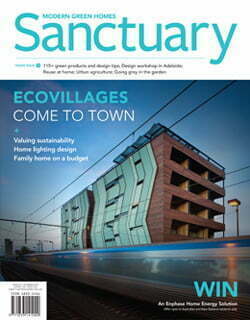Costing comfort
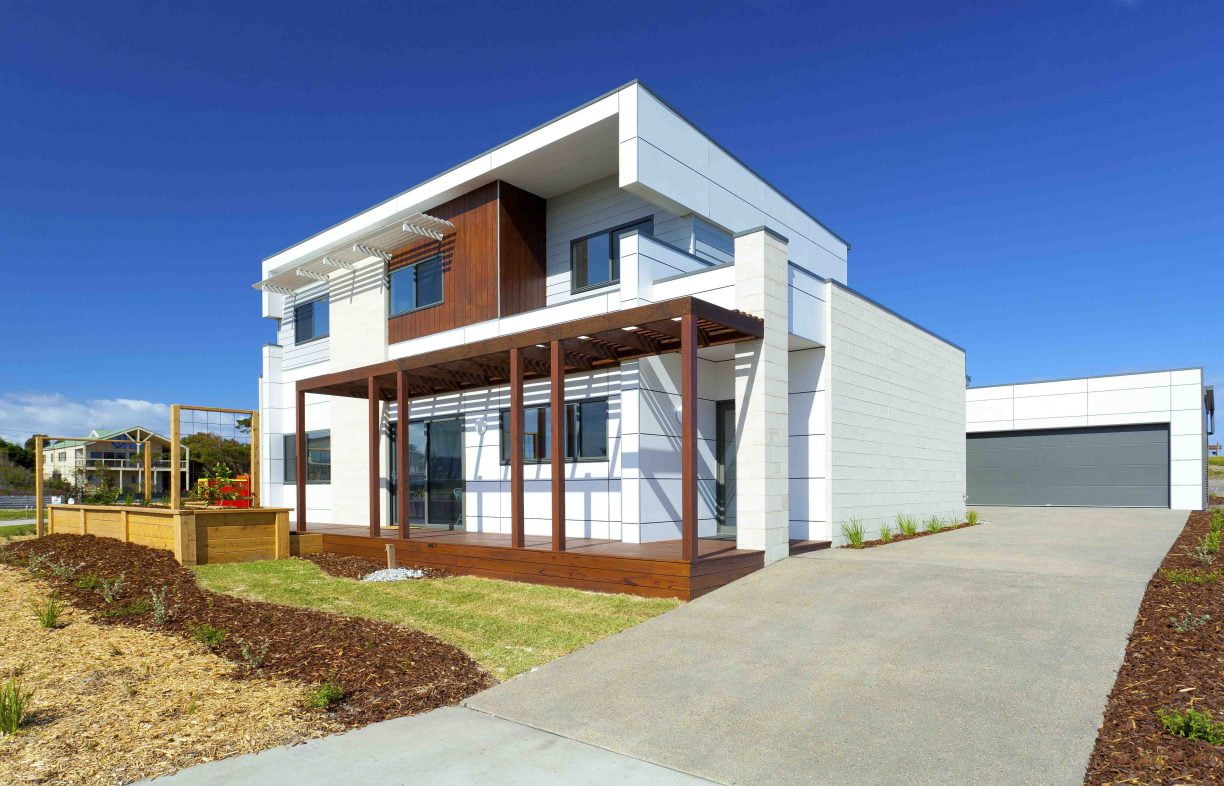
We all want to live in comfortable homes with low running costs, but how do we quantify the market value of these benefits? Danielle King outlines the issues around valuing green homes and some of the efforts to address them.
Ask anyone living in an energy-efficient home what they like about it and you’ll hear “We love that is so comfortable”, “It’s cheap to run”, or “We get great satisfaction knowing that we’re reducing our impact on the environment.” Yet go to an open inspection or pick up the real estate listings and you may not find a mention of these factors, or the features that enable them.
The thing is, those who have experienced a comfortable, high- performing home wouldn’t want to be in anything less. And with energy costs increasing, demand for these houses is growing. While we have quite a way to go in terms of valuing comfortable homes properly, there is evidence that the consumer market is changing.
According to the Centre for Liveability Real Estate (CLRE), agents are reporting a trend in buyers and renters requesting power bills at the point of sale or lease. Head of the CLRE Cecille Weldon says this represents an important shift in the perceived value of a property. “This is an indication that people are interested in more than the number of bedrooms and bathrooms; they want evidence of a home’s impact and comfort,” she says. However, she notes that power bills are not a reliable indication of the running cost potential of a home, showing only how the previous person lived in it.
The difficulty for purchasers has been in finding the information they need, and for sellers, working out the best way to make this information available.
In the UK, the Energy Performance Certificate (EPC) has been a mandatory requirement at point of sale or lease of residential property since 2007. Houses are given a rating from A, for most efficient, to G, for least efficient. A 2013 government report found homes in the highest brackets, (A and B), are obtaining, on average, a 14 per cent higher market price than those with lower ratings.
In the USA, research by the UNC Environmental Finance Center found price premiums of high performance houses are between 3 and 10 per cent, where an independent ‘green’ certificate is available, and that on average they sold 30 per cent faster.
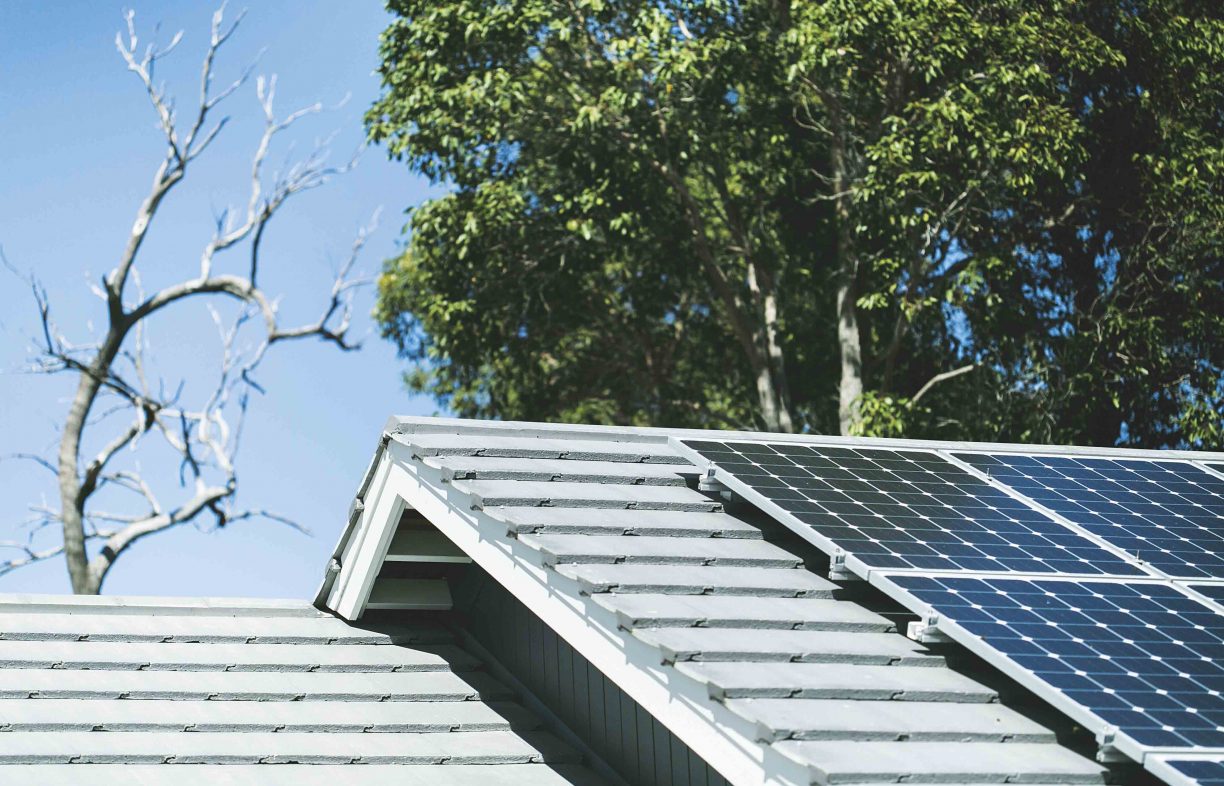
By comparison Australia has had a lack of research on the relationship between energy-efficient design and house prices; there is no nationally consistent rating standard or valuation method for green home features and limited knowledge in the real estate industry on the topic. As a result, the housing market hasn’t actively recognised and rewarded sustainability features and lower operating costs in residential property. It’s difficult for appraisers and estate agents to put a price on sustainability features, as value is dependent on the market and is often subjective, and there’s still a lack of nationally relevant data.
However, this is slowly changing. The only currently available Australian study, the 2008 Energy Efficiency Rating and House Price report, based on the ACT due to its mandatory disclosure for EER at the point of sale/rent found that as the energy performance rating of a house improves, its market value could increase by an average of three to five per cent for each Star rating it increases by.
PRD Nationwide has also been researching the economic benefit of home sustainability features for some time, in conjunction with Queensland University of Technology, and funded by the Australian Research Council. While the full report isn’t yet available, researcher on the project Dr Diaswati Mardiasmo says that there is evidence people will pay a premium for well-designed homes.
In Western Australia, Green Gurus, supported by the Curtin University Sustainability Policy Institute (CUSP) and the brainchild of Chiara Pacifici has been educating the real estate sector on the benefits of home sustainability features, and how this relates to consumer demand and value since 2010. Her pioneering work in partnership with the Real Estate Institute of Western Australia has helped to ignite a demand for greater understanding of sustainability within the industry.
Another leading agent for change has been CLRE’s Liveability Real Estate Framework, developed to up-skill agents to “support and drive a new value proposition” in the residential property marketing industry. Agents are trained to identify 17 additional ‘liveability’ features which offer the potential for reduced running costs and improved comfort when used correctly.
The framework was developed within LJ Hooker, with Your Home author, the late Dr Chris Reardon, a consultant on the training program, and is now open to all residential real estate companies.
“One of the real barriers to achieving more truly representative value for these properties is a lack of clear understanding for consumers, sales agents and property managers as to what the green features of a property really are and what benefits they deliver,” Cecille explains. “While most people are familiar with solar PV and rainwater tanks, and think these add value, there are far more property features to showcase when marketing a property which deliver health, efficiency, comfort and connection to community.”
A realestate.com.au survey earlier this year demonstrated this mismatch between perceived value and the reality of the market; it found that 85 per cent of homeowners believed solar panels increased the value of a property and that PV was the top green feature to increase a home’s value. Other items that respondents thought increased a house’s value included solar hot water systems (79%), energy efficient appliances (78%), water tanks (70%) and water saving fixtures (49%).
Cecille suggests sellers and buyers should be wary of manufacturers’ claims that one particular feature will enhance the value of your property by a specific dollar amount. “No two houses are ever really the same and buyers’ perceived value of a property may not be linked to the feature we assume,” she says.
Some research has focused more on quantifying the desire for a revolution in the housing industry rather than on specific value. The What Perth Wants report found 89 per cent would like to see “More eco-friendly buildings that generate their own power, collect rainwater and use less energy”.
There is clearly an appetite for more energy-efficient housing, and an associated perceived value. The real challenge is in standardising that value and making it easier for buyers and sellers to identify and understand it. The role of independent ratings in identifying and valuing green homes both here and internationally suggests we need an accessible, nationally consistent, comprehensive and mandatory approach. While in the commercial sector, the mandatory NABERS rating system has been effective in driving value for better performing properties, it is a different scenario in the residential sector where systems vary state by state [Ed note: see more on Australia’s home energy rating systems in Sanctuary 21 and Sanctuary 28].
A real and consistent rise in the value of green homes requires systemic change that includes buyers, sellers, renters and the real estate industry, says Cecille. “If we really want to see a shift in the value of sustainable homes, we have to do it consistently, responsibly and realise that it takes time,” she says. “Then we can safeguard against greenwashing and arrive at a true reflection of what these homes deliver.”
It’s also worth remembering that green homes are not a fad or a temporary trend; they are the future of real estate and tomorrow’s market. We should be creating homes now that hold value well into the future.
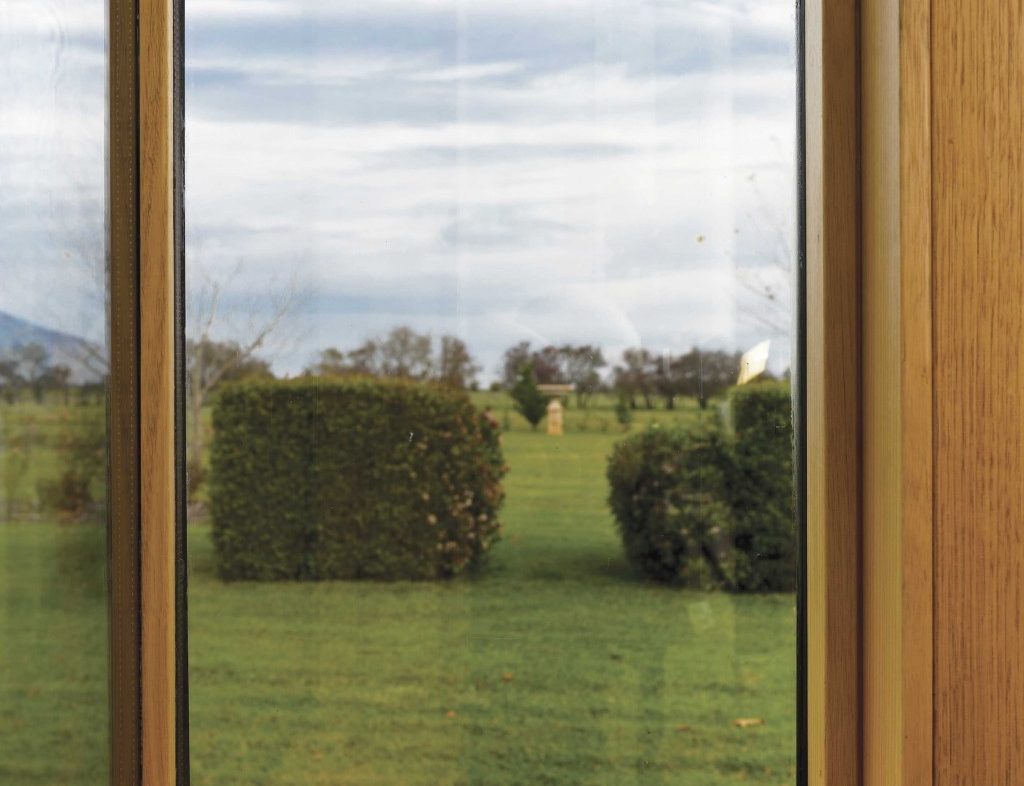
Adding value
So how do you add value to your home while improving its environmental impact?
- First, check your existing home for any sustainability features that may not be immediately obvious (on top of the ones you know about), such as zoned living spaces, summer shading and cross ventilation.
- Then consider working with a sustainable designer, sustainability advisor, builder or architect to add more features that suit your needs and wants as you renovate, ensuring to keep any installer receipts or certificates for any future sale or rental of your home.
- Recognise that one feature doesn’t necessarily equate to a set value increase; buying a home always has an element of perceived value which is often emotional and hard to quantify.
- Be mindful not to over-customise if you plan on selling, as you can narrow your market considerably.
- If you’re building or buying a new home then aim for a high Star-rated one, and make sure you understand how to use your new home effectively to realise its potential.
- Ensure or even demand your sales agent or property manager understands the related features and benefits of your home and knows how to promote them effectively.
- When looking for a home, ask for the Star rating and what energy-efficient features it has. This sends a clear signal to the real estate and building industry that these factors matter.
- If you are looking for an agent well-versed on home sustainability, consider a trained Liveability agent www.liveability.com.au, via Green Gurus in WA, SHAARE www.shaare.com.au or someone from the Green Moves Affiliated Agents listings www.greenmoves.com.au.
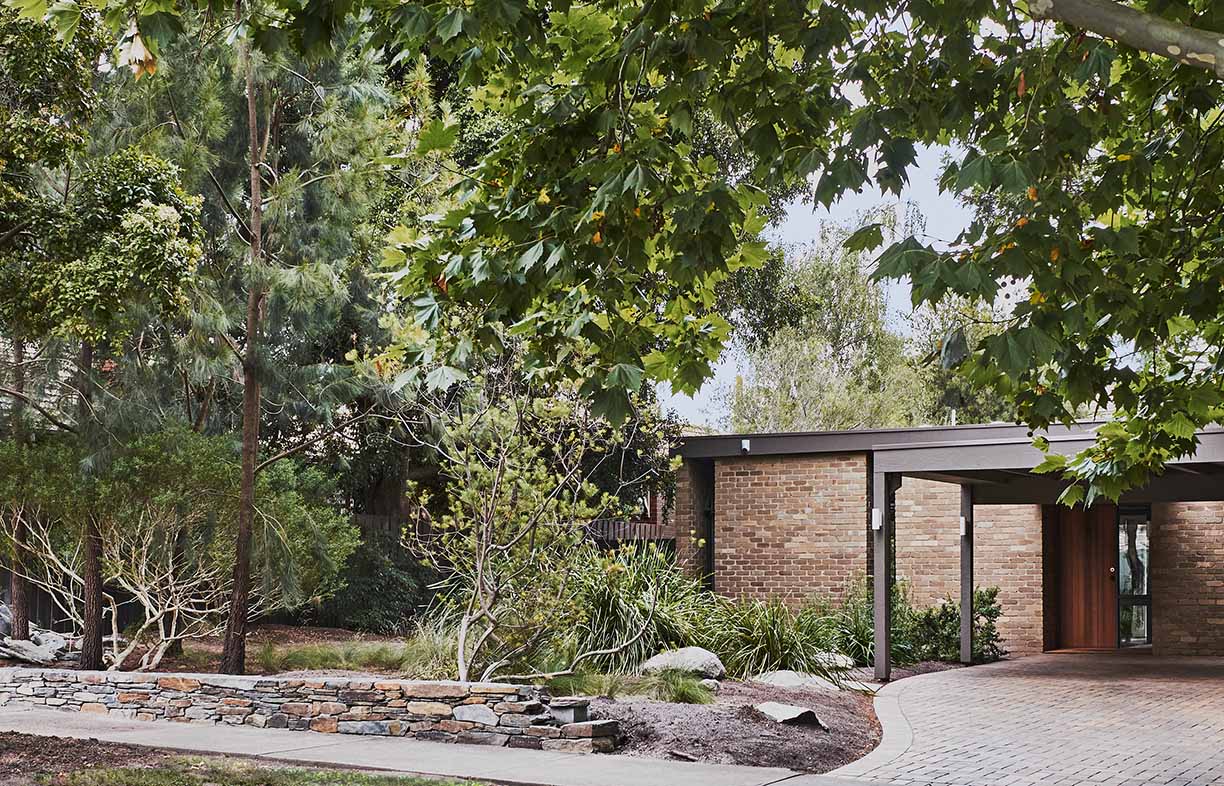 Ideas & Advice
Ideas & Advice
Energy efficiency front and centre: A renovation case study
Rather than starting again, this Melbourne couple opted for a comprehensive renovation of their well laid out but inefficient home, achieving huge energy savings and much improved comfort.
Read more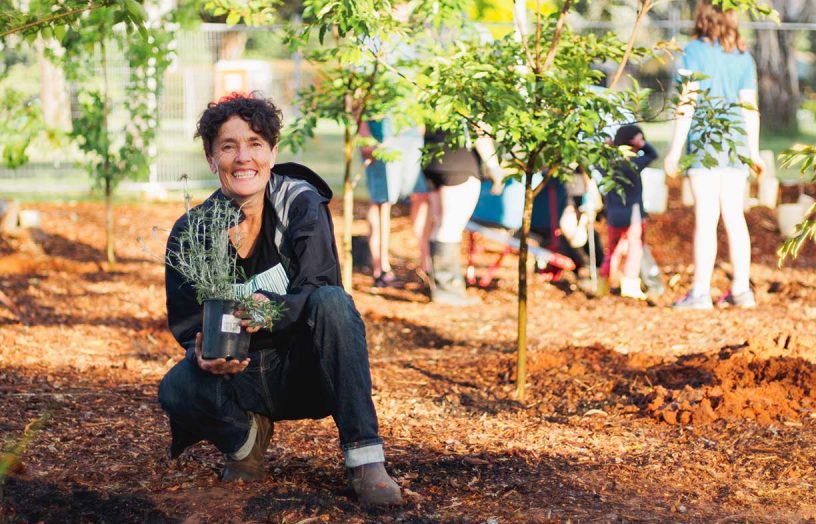 Outdoors
Outdoors
Pocket forests: Urban microforests gaining ground
Often no bigger than a tennis court, microforests punch above their weight for establishing cool urban microclimates, providing wildlife habitat and focusing community connection. Mara Ripani goes exploring.
Read more


